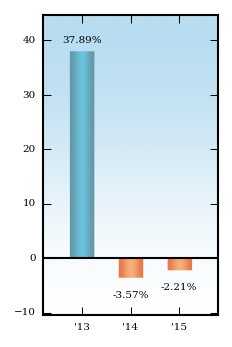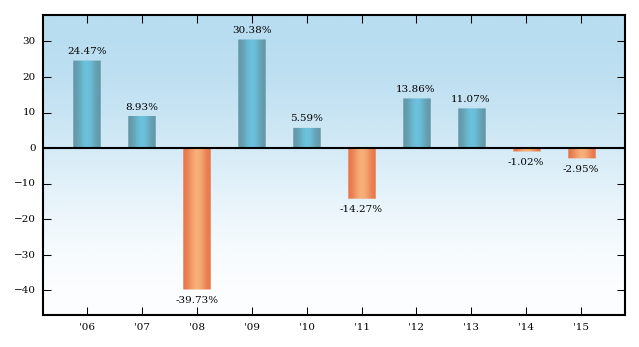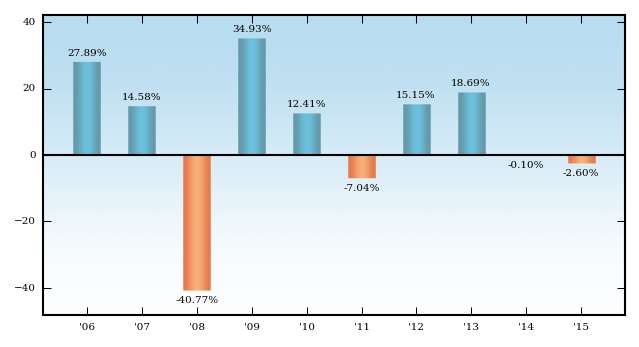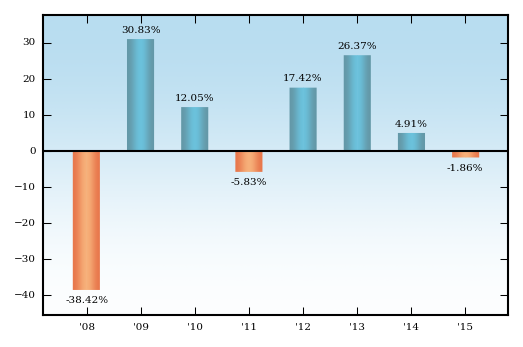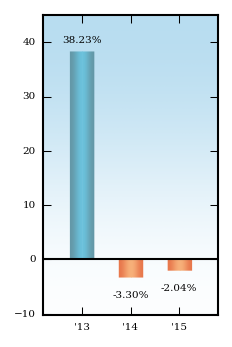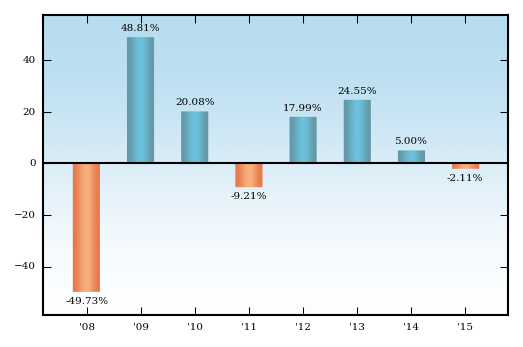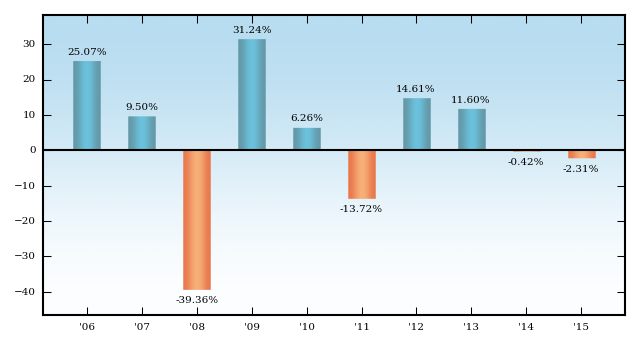| INVESCO Asia Pacific Growth Fund | ||||||||||||||||||||||||||||||||||||||||||||||||||||||||
| Fund Summary | ||||||||||||||||||||||||||||||||||||||||||||||||||||||||
| Investment Objective(s) | ||||||||||||||||||||||||||||||||||||||||||||||||||||||||
| The Fund's investment objective is long-term growth of capital. | ||||||||||||||||||||||||||||||||||||||||||||||||||||||||
| Fees and Expenses of the Fund | ||||||||||||||||||||||||||||||||||||||||||||||||||||||||
| This table describes the fees and expenses that you may pay if you buy and hold shares of the Fund. You may qualify for sales charge discounts if you and your family invest, or agree to invest in the future, at least $50,000 in the Invesco Funds. More information about these and other discounts is available from your financial professional and in the section “Shareholder Account Information-Initial Sales Charges (Class A Shares Only)” on page A-3 of the prospectus and the section “Purchase, Redemption and Pricing of Shares-Purchase and Redemption of Shares” on page L-1 of the statement of additional information (SAI). | ||||||||||||||||||||||||||||||||||||||||||||||||||||||||
| Shareholder Fees (fees paid directly from your investment) | ||||||||||||||||||||||||||||||||||||||||||||||||||||||||
| ||||||||||||||||||||||||||||||||||||||||||||||||||||||||
| Annual Fund Operating Expenses (expenses that you pay each year as a percentage of the value of your investment) | ||||||||||||||||||||||||||||||||||||||||||||||||||||||||
| ||||||||||||||||||||||||||||||||||||||||||||||||||||||||
| Example. | ||||||||||||||||||||||||||||||||||||||||||||||||||||||||
| This Example is intended to help you compare the cost of investing in the Fund with the cost of investing in other mutual funds. The Example assumes that you invest $10,000 in the Fund for the time periods indicated and then redeem all of your shares at the end of those periods. The Example also assumes that your investment has a 5% return each year and that the Fund's operating expenses remain equal to the Total Annual Fund Operating Expenses After Fee Waiver and/or Expense Reimbursement in the first year and the Total Annual Fund Operating Expenses thereafter. Although your actual costs may be higher or lower, based on these assumptions, your costs would be: | ||||||||||||||||||||||||||||||||||||||||||||||||||||||||
| ||||||||||||||||||||||||||||||||||||||||||||||||||||||||
| You would pay the following expenses if you did not redeem your shares: | ||||||||||||||||||||||||||||||||||||||||||||||||||||||||
| ||||||||||||||||||||||||||||||||||||||||||||||||||||||||
| Portfolio Turnover. | ||||||||||||||||||||||||||||||||||||||||||||||||||||||||
| The Fund pays transaction costs, such as commissions, when it buys and sells securities (or “turns over” its portfolio). A higher portfolio turnover rate may indicate higher transaction costs and may result in higher taxes when Fund shares are held in a taxable account. These costs, which are not reflected in annual Fund operating expenses or in the example, affect the Fund’s performance. During the most recent fiscal year, the Fund’s portfolio turnover rate was 23% of the average value of its portfolio. | ||||||||||||||||||||||||||||||||||||||||||||||||||||||||
| Principal Investment Strategies of the Fund | ||||||||||||||||||||||||||||||||||||||||||||||||||||||||
| The Fund invests, under normal circumstances, at least 80% of its net assets (plus any borrowings for investment purposes) in securities of issuers in the Asia Pacific region (except Japanese issuers), and in derivatives and other instruments that have economic characteristics similar to such securities. The Fund uses various criteria to determine whether an issuer is in the Asia Pacific region, including whether (1) it is organized under the laws of a country in the Asia Pacific region, (2) it has a principal office in a country in the Asia Pacific region, (3) it derives 50% or more of its total revenues from business in countries in the Asia Pacific region, or (4) its securities are trading principally on a security exchange, or in an over-the-counter market, in a country in the Asia Pacific region. The Fund invests primarily in equity securities and depositary receipts. The principal types of equity securities in which the Fund invests are common and preferred stock. The Fund invests primarily in securities that are considered by the Fund’s portfolio managers to have potential for earnings or revenue growth. The Fund may invest in the securities of issuers of all capitalization sizes; however, the Fund may invest a significant amount of its net assets in the securities of small- and mid-capitalization issuers. The Fund may invest up to 100% of its net assets in foreign securities, including securities of issuers located in emerging markets countries, i.e., those that are in the early stages of their industrial cycles. Historically the Fund has not hedged the currency exposure created by its investments in foreign securities but has the ability to do so if deemed appropriate by the Fund’s portfolio managers. The Fund can invest in derivative instruments including forward foreign currency contracts and futures contracts. The Fund can use forward foreign currency contracts to hedge against adverse movements in the foreign currencies in which portfolio securities are denominated. The Fund can use futures contracts to gain exposure to the broad market in connection with managing cash balances or to hedge against downside risk. The portfolio managers employ a disciplined investment strategy that emphasizes fundamental research. The fundamental research primarily focuses on identifying quality growth companies and is supported by quantitative analysis, portfolio construction and risk management. Investments for the portfolio are selected bottom-up on a security-by-security basis. The focus is on the strengths of individual issuers, rather than sector or country trends. The portfolio managers’ strategy primarily focuses on identifying issuers that they believe have sustainable earnings growth, efficient capital allocation, and attractive prices. The Fund’s portfolio managers may consider selling a security for several reasons, including when (1) its price changes such that they believe it has become too expensive; (2) the original investment thesis for the company is no longer valid, or (3) a more compelling investment opportunity is identified. | ||||||||||||||||||||||||||||||||||||||||||||||||||||||||
| Principal Risks of Investing in the Fund | ||||||||||||||||||||||||||||||||||||||||||||||||||||||||
| As with any mutual fund investment, loss of money is a risk of investing. An investment in the Fund is not a deposit in a bank and is not insured or guaranteed by the Federal Deposit Insurance Corporation or any other governmental agency. The risks associated with an investment in the Fund can increase during times of significant market volatility. The principal risks of investing in the Fund are: Depositary Receipts Risk. Investing in depositary receipts involves the same risks as direct investments in foreign securities. In addition, the underlying issuers of certain depositary receipts are under no obligation to distribute shareholder communications or pass through any voting rights with respect to the deposited securities to the holders of such receipts. The Fund may therefore receive less timely information or have less control than if it invested directly in the foreign issuer. Derivatives Risk. The value of a derivative instrument depends largely on (and is derived from) the value of an underlying security, currency, commodity, interest rate, index or other asset (each referred to as an underlying asset). In addition to risks relating to the underlying assets, the use of derivatives may include other, possibly greater, risks, including counterparty, leverage and liquidity risks. Counterparty risk is the risk that the counterparty to the derivative contract will default on its obligation to pay the Fund the amount owed or otherwise perform under the derivative contract. Derivatives create leverage risk because they do not require payment up front equal to the economic exposure created by owning the derivative. As a result, an adverse change in the value of the underlying asset could result in the Fund sustaining a loss that is substantially greater than the amount invested in the derivative, which may make the Fund’s returns more volatile and increase the risk of loss. Derivative instruments may also be less liquid than more traditional investments and the Fund may be unable to sell or close out its derivative positions at a desirable time or price. This risk may be more acute under adverse market conditions, during which the Fund may be most in need of liquidating its derivative positions. Derivatives may also be harder to value, less tax efficient and subject to changing government regulation that could impact the Fund’s ability to use certain derivatives or their cost. Also, derivatives used for hedging or to gain or limit exposure to a particular market segment may not provide the expected benefits, particularly during adverse market conditions. Emerging Markets Securities Risk. Emerging markets (also referred to as developing markets) are generally subject to greater market volatility, political, social and economic instability, uncertain trading markets and more governmental limitations on foreign investment than more developed markets. In addition, emerging markets may be subject to lower trading volume and greater price fluctuations than companies in more developed markets. Securities law and the enforcement of systems of taxation in many emerging market countries may change quickly and unpredictably. In addition, investments in emerging markets securities may also be subject to additional transaction costs, delays in settlement procedures, and lack of timely information. Foreign Securities Risk. The Fund's foreign investments may be adversely affected by political and social instability, changes in economic or taxation policies, difficulty in enforcing obligations, decreased liquidity or increased volatility. Foreign investments also involve the risk of the possible seizure, nationalization or expropriation of the issuer or foreign deposits (in which the Fund could lose its entire investments in a certain market) and the possible adoption of foreign governmental restrictions such as exchange controls. Unless the Fund has hedged its foreign securities risk, foreign securities risk also involves the risk of negative foreign currency rate fluctuations, which may cause the value of securities denominated in such foreign currency (or other instruments through which the Fund has exposure to foreign currencies) to decline in value. Currency exchange rates may fluctuate significantly over short periods of time. Currency hedging strategies, if used, are not always successful. Geographic Focus Risk. The Fund may from time to time invest a substantial amount of its assets in securities of issuers located in a single country or a limited number of countries. Adverse economic, political or social conditions in those countries may therefore have a significant negative impact on the Fund’s investment performance. Growth Investing Risk. Growth stocks tend to be more expensive relative to the issuing company’s earnings or assets compared with other types of stock. As a result, they tend to be more sensitive to changes in, or investors’ expectations of, the issuing company’s earnings and can be more volatile. Management Risk. The Fund is actively managed and depends heavily on the Adviser’s judgment about markets, interest rates or the attractiveness, relative values, liquidity, or potential appreciation of particular investments made for the Fund’s portfolio. The Fund could experience losses if these judgments prove to be incorrect. Additionally, legislative, regulatory, or tax developments may adversely affect management of the Fund and, therefore, the ability of the Fund to achieve its investment objective. Market Risk. The market values of the Fund’s investments, and therefore the value of the Fund’s shares, will go up and down, sometimes rapidly or unpredictably. Market risk may affect a single issuer, industry or section of the economy, or it may affect the market as a whole. Individual stock prices tend to go up and down more dramatically than those of certain other types of investments, such as bonds. During a general downturn in the financial markets, multiple asset classes may decline in value. When markets perform well, there can be no assurance that specific investments held by the Fund will rise in value. Preferred Securities Risk. Preferred securities are subject to issuer-specific and market risks applicable generally to equity securities. Preferred securities also may be subordinated to bonds or other debt instruments, subjecting them to a greater risk of non-payment, may be less liquid than many other securities, such as common stocks, and generally offer no voting rights with respect to the issuer. Sector Focus Risk. The Fund may from time to time invest a significant amount of its assets (i.e. over 25%) in one market sector or group of related industries. In this event, the Fund’s performance will depend to a greater extent on the overall condition of the sector or group of industries and there is increased risk that the Fund will lose significant value if conditions adversely affect that sector or group of industries. Small- and Mid-Capitalization Companies Risks. Small- and mid-capitalization companies tend to be more vulnerable to changing market conditions, may have little or no operating history or track record of success, and may have more limited product lines and markets, less experienced management and fewer financial resources than larger companies. These companies’ securities may be more volatile and less liquid than those of more established companies, and their returns may vary, sometimes significantly, from the overall securities market. | ||||||||||||||||||||||||||||||||||||||||||||||||||||||||
| Performance Information | ||||||||||||||||||||||||||||||||||||||||||||||||||||||||
| The bar chart and performance table provide an indication of the risks of investing in the Fund. The bar chart shows changes in the performance of the Fund from year to year as of December 31. The performance table compares the Fund's performance to that of a broad-based securities/style specific benchmark and a peer group benchmark comprised of funds with investment objectives and strategies similar to those of the Fund. For more information on the benchmarks used see the “Benchmark Descriptions” section in the prospectus. The Fund's past performance (before and after taxes) is not necessarily an indication of its future performance. Updated performance information is available on the Fund's Web site at www.invesco.com/us. | ||||||||||||||||||||||||||||||||||||||||||||||||||||||||
| Annual Total Returns | ||||||||||||||||||||||||||||||||||||||||||||||||||||||||
| The bar chart does not reflect sales loads. If it did, the annual total returns shown would be lower. | ||||||||||||||||||||||||||||||||||||||||||||||||||||||||

| ||||||||||||||||||||||||||||||||||||||||||||||||||||||||
| Best Quarter (ended June 30, 2009): 35.82% Worst Quarter (ended December 31, 2008): -22.96% | ||||||||||||||||||||||||||||||||||||||||||||||||||||||||
| Average Annual Total Returns (for the periods ended December 31, 2015) | ||||||||||||||||||||||||||||||||||||||||||||||||||||||||
| ||||||||||||||||||||||||||||||||||||||||||||||||||||||||
| After-tax returns are calculated using the historical highest individual federal marginal income tax rates and do not reflect the impact of state and local taxes. Actual after-tax returns depend on an investor's tax situation and may differ from those shown, and after-tax returns shown are not relevant to investors who hold their Fund shares through tax-deferred arrangements, such as 401(k) plans or individual retirement accounts. After-tax returns are shown for Class A shares only and after-tax returns for other classes will vary. | ||||||||||||||||||||||||||||||||||||||||||||||||||||||||


